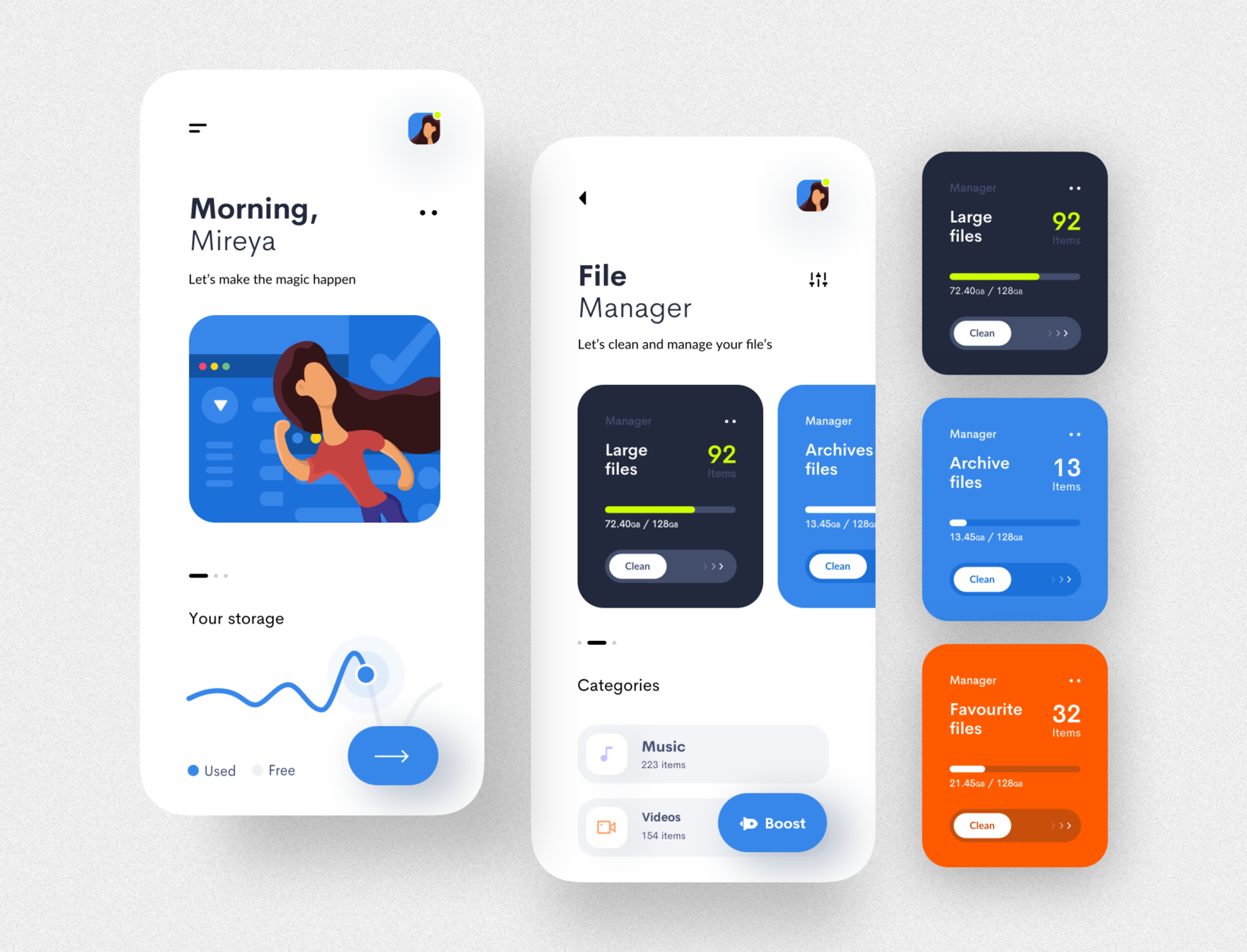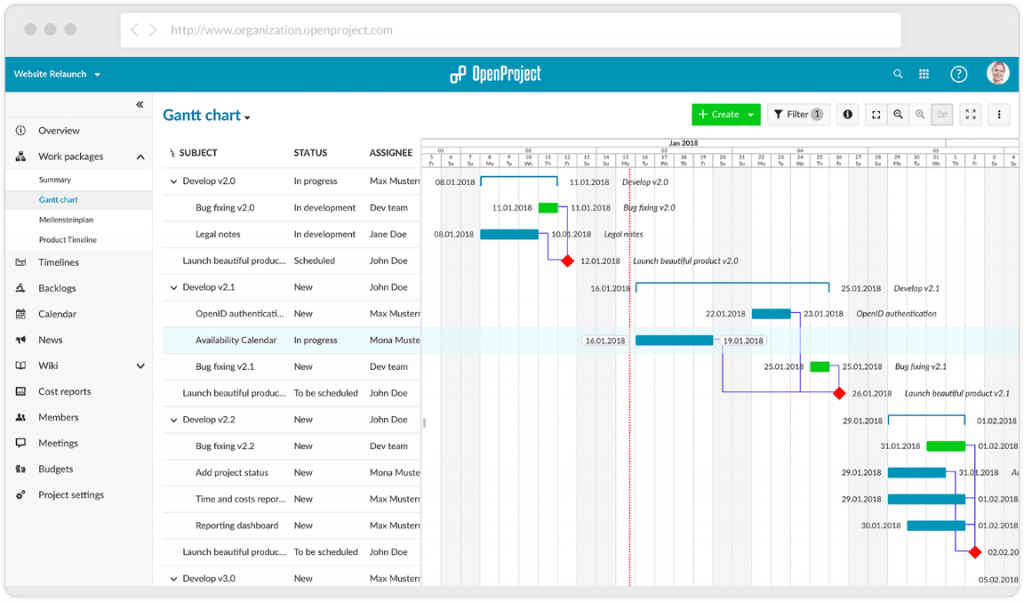
- OPEN MANAGE APPS HOW TO
- OPEN MANAGE APPS INSTALL
- OPEN MANAGE APPS UPDATE
- OPEN MANAGE APPS WINDOWS 10
To do that, open the Store, click the three dots next to your profile icon, and click Downloads and updates.

OPEN MANAGE APPS UPDATE
Under the Settings section, under App updates, turn the button on or off to update apps automatically.Įven if you have automatic updates turned on, you might like to keep on top of app updates and manually update them. To do so, open the Store, select the See more “three dots” button next to your profile icon at the top, and click Settings from the menu. But you can turn that setting off if you want.
OPEN MANAGE APPS WINDOWS 10
Windows 10 will automatically update modern apps you get from the store in the background by default. For a clean uninstall of traditional desktop programs, read our article: How Do I Completely Uninstall Software? Update Windows 10 Apps Note: The problem with uninstalling desktop programs via Programs and Features is it leaves junk behind like temp folders, files, and Registry settings. The Programs and Features section of the classic Control Panel will open up so you can uninstall the app. You can also right-click traditional desktop apps to uninstall them, but it requires an extra step. Select Uninstall again. Also, note that you can reinstall any app you’ve downloaded before. Then you’ll see the message below verifying you want to uninstall the app. Locate the app’s tile or icon in the Start menu, right-click, and click Uninstall. Uninstalling an app is as easy as doing it on an iPhone.
OPEN MANAGE APPS HOW TO
Or, to get to apps faster, make sure to read our article on how to find apps by its first letter from the Start menu. It will appear under the Recently Added section at the top-left side.Īpps on the Start menu are listed in alphabetical order on the lefthand side and you can scroll down to find the app you need. Once the app installs, you can open it directly from the Store and it will appear on the Start menu. I should mention that if you’re looking at the paid app, usually it provides a free trial you can use to try before you buy. During this time, you can pause or cancel it before it completes. Then you can monitor the progress of the download. If you find an app you want in the Microsoft Store, just select the Install, Get, or Buy button at the top of the app’s description page. Installing Apps from the Windows 10 Store For more, check out our article: What is the Microsoft Store App on Windows 10? The store contains more than just apps, too. In fact, the store itself is considered an app. You can read the description of the apps, see user reviews, and screenshots – just like an app store on other platforms. In the store you’ll find featured apps, top free or paid apps, suggested apps, and more. Or you can click the Microsoft Store app icon that is pinned to the taskbar. You can find more apps in the Microsoft Store by going to Start > Microsoft Store. Note that you might also find some preinstalled apps from your PC’s manufacturer. Or, you can hit the Windows key on your keyboard to open Start.Įxamples of apps that come preinstalled from Microsoft are Mail, Calendar, Photos, Microsoft News, and Movies & TV. Just click the Start button to find them.

If you have a new Windows 10 system you’ll find some apps are preinstalled.

You as an end-user (whether they are traditional desktop programs or not) can simply call them “Apps”. Terms like “Metro”, “Modern”, “UWP”, or “PWA” are used by Microsoft for developers. Windows 10 has continued to evolve over the years and apps have been known under different names.
OPEN MANAGE APPS INSTALL
You can (of course) still install and run the traditional desktop apps that you are used to and have run for years on older versions of Windows. On Windows 10, these apps work on the desktop or in Tablet Mode on a touch-enabled device like a Microsoft Surface, for example. You needed a utility like Stardock’s ModernMix to get them to work correctly on a desktop. These apps have been extended (and improved) on Windows 10 as Universal Windows Platform (UWP), formerly called “Windows Store” apps, and work across all compatible devices.įor example, universal apps now open on the desktop just like any other program. Modern or Metro-style apps were first introduced on Windows 8 – the OS that most users skipped because it was so touch-centric.


 0 kommentar(er)
0 kommentar(er)
